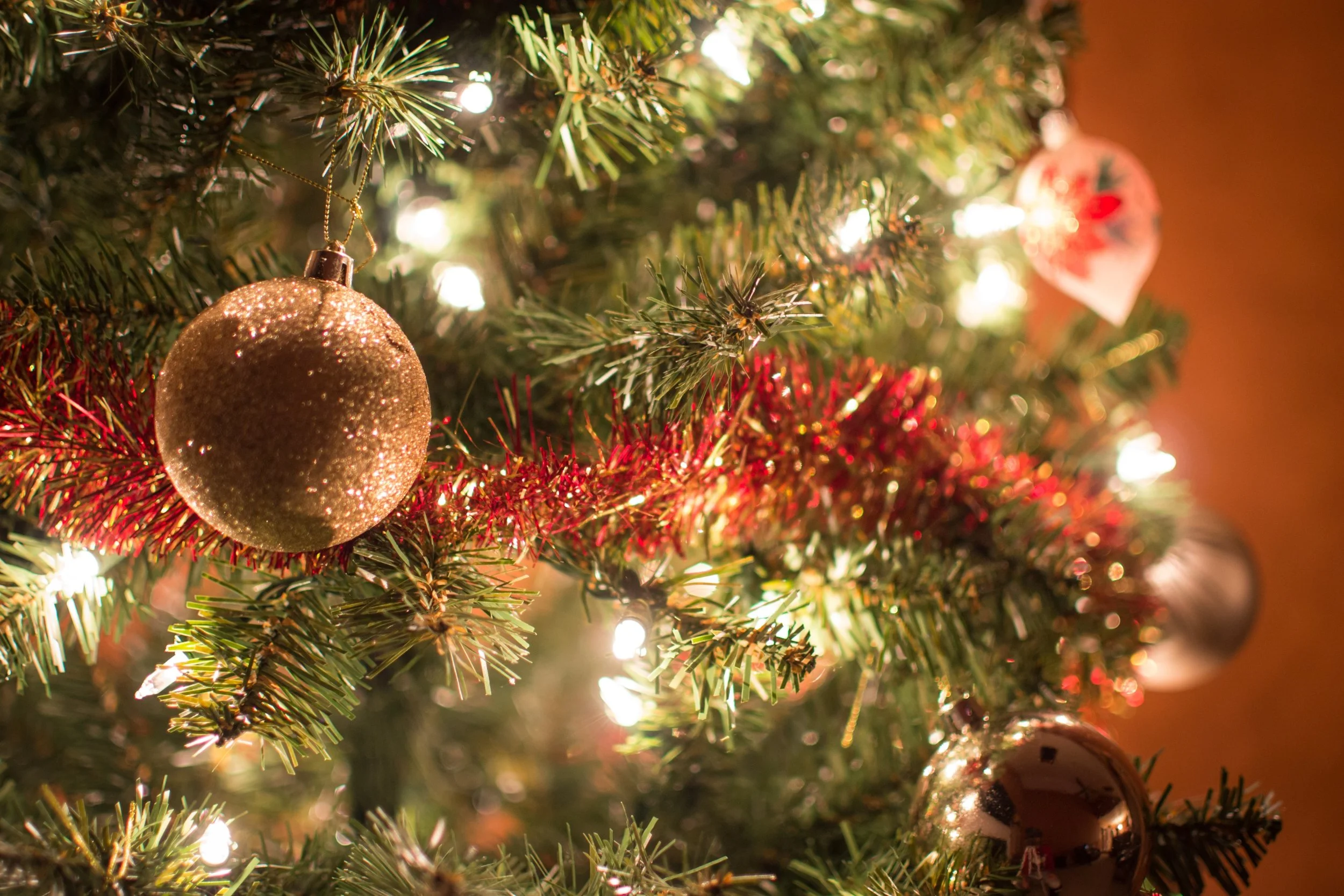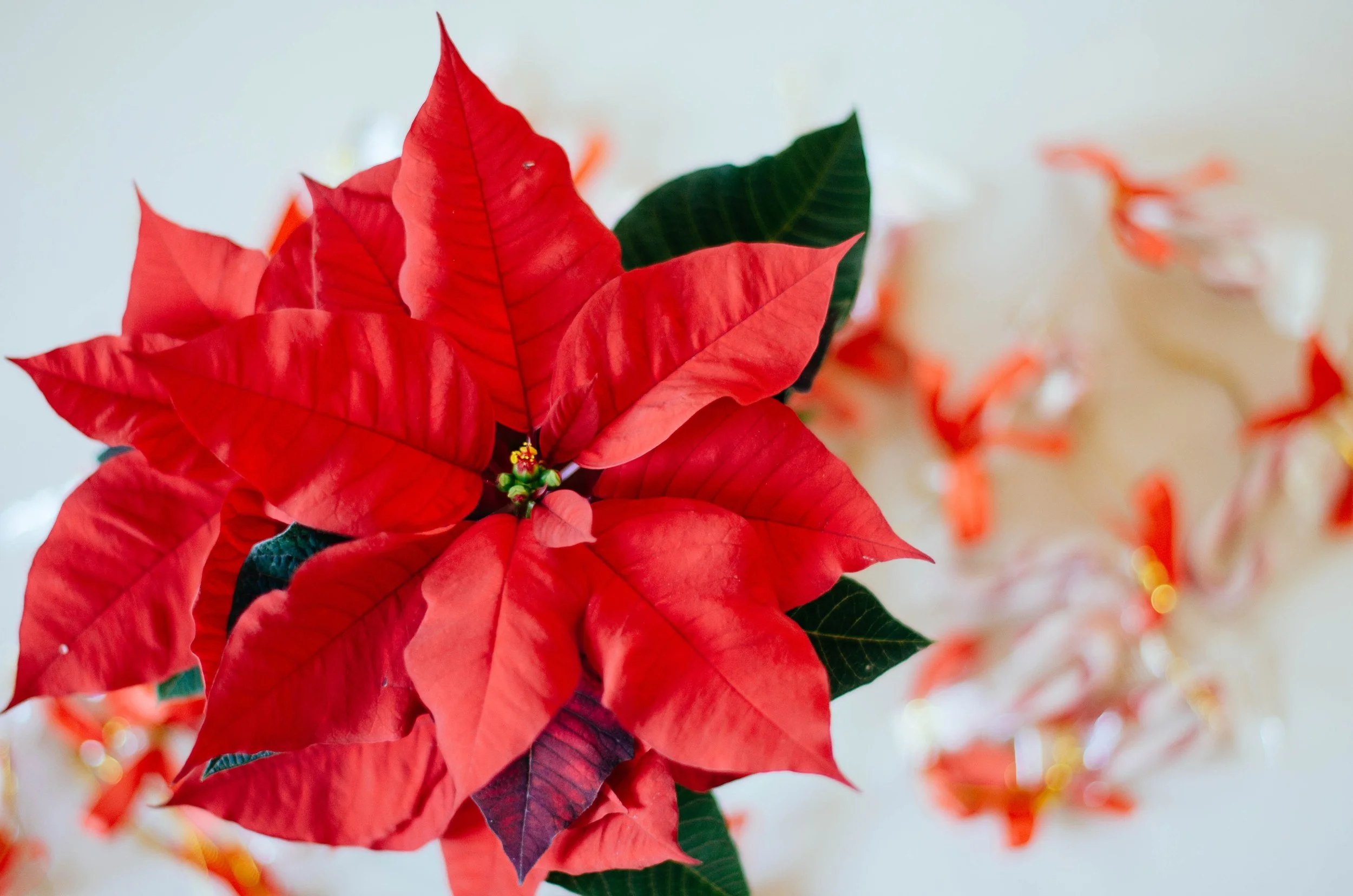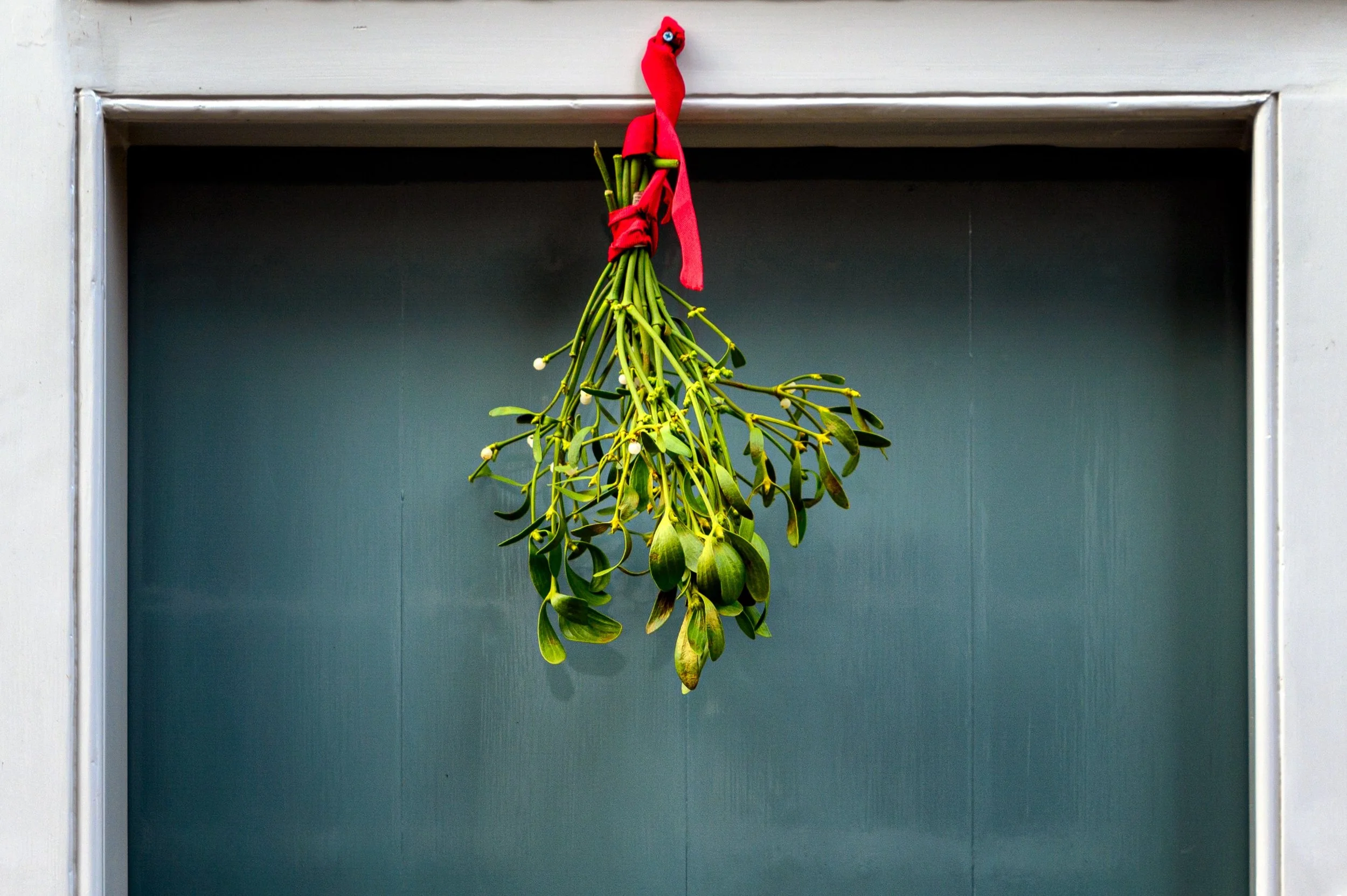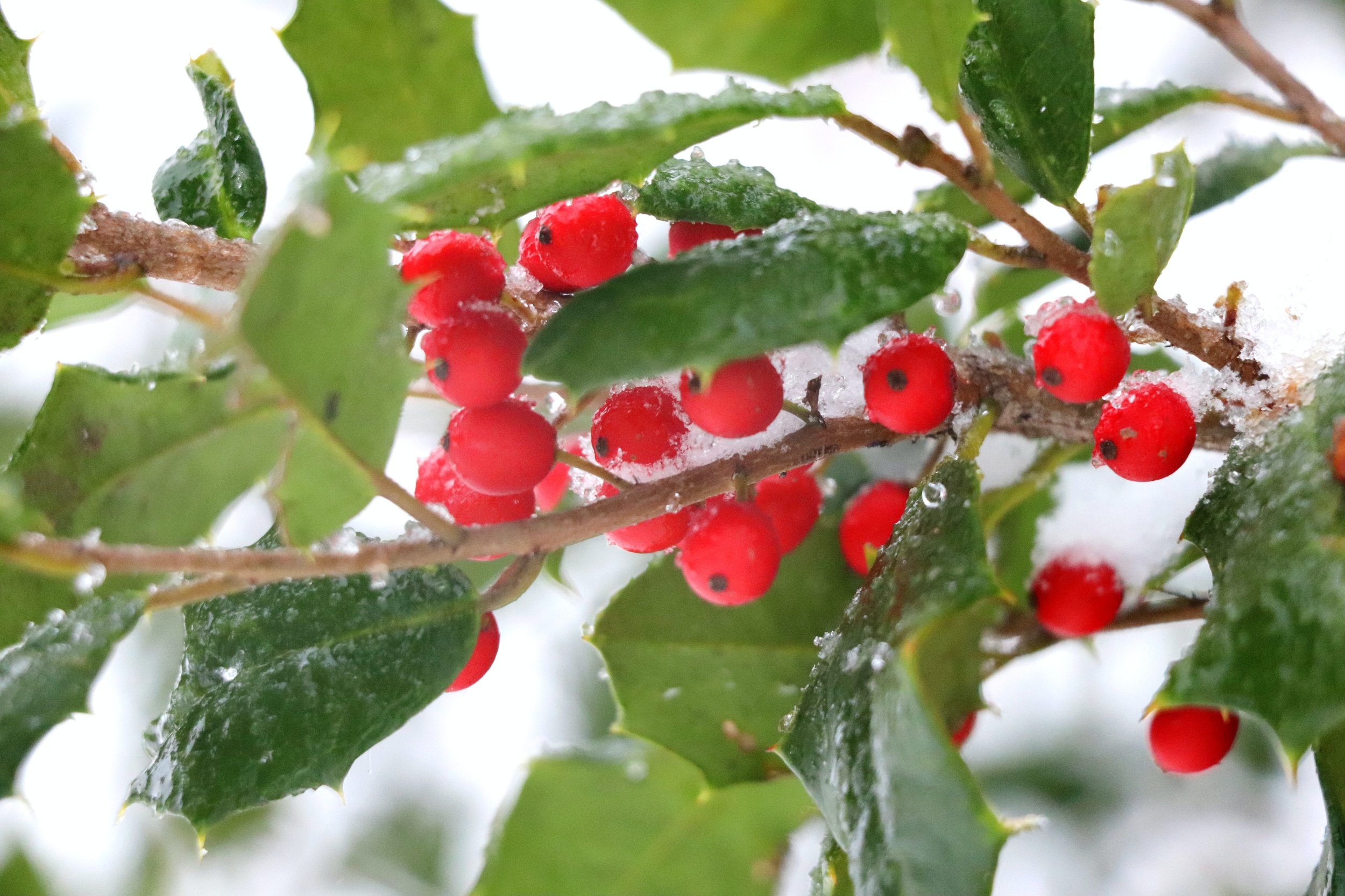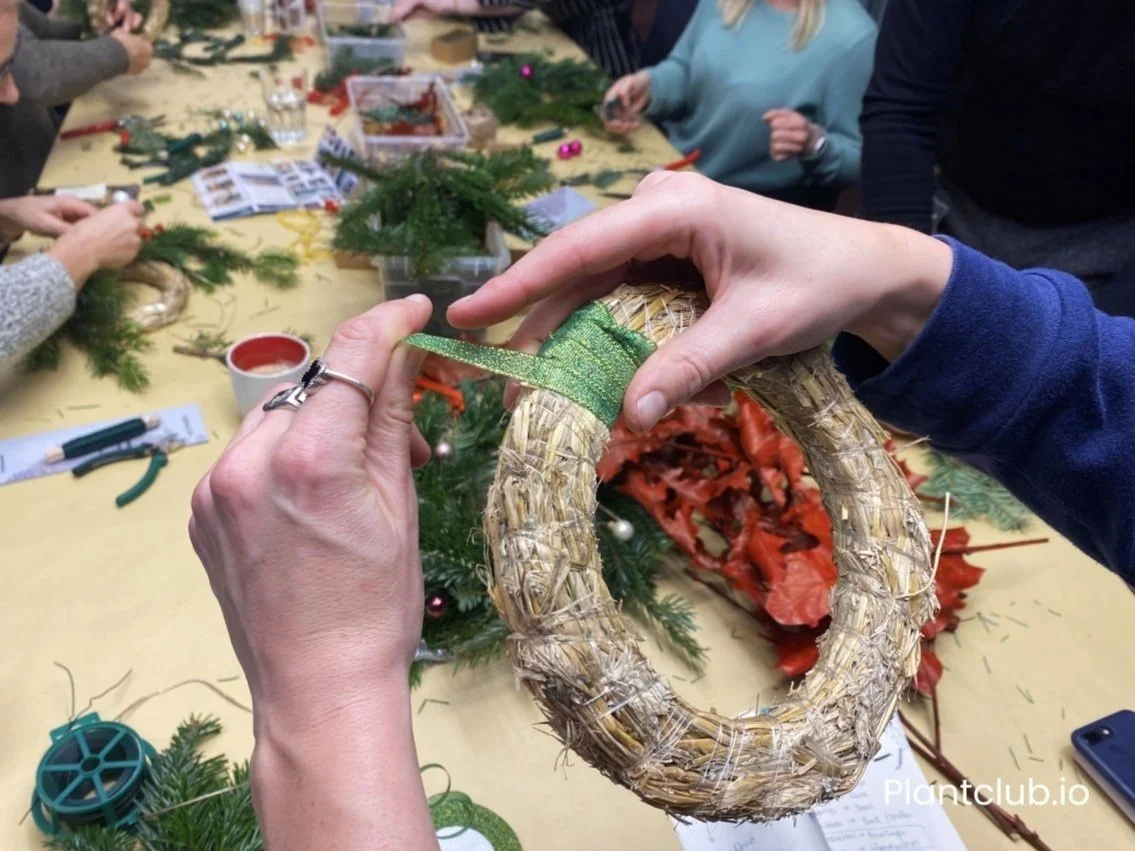The histories behind our favorite holiday plants
As you gather around your Christmas tree, hang wreaths over your hearth, and kiss your loved ones under the mistletoe this year, it may cross your mind that plants have become integral parts of the way we celebrate tradition.
Holiday plants have held deep cultural significance for humans for centuries. But where do their origins begin?
Here are five seasonal plants and why we celebrate the holidays with them today.
1. Pine/evergreen trees
The first known instances of people gathering around a tree and decorating it with evergreens and lights dates back to Germany in the 16th century. Before Christianity, humans would always use seasonal greenery to decorate the homes and ward away spirits and illnesses, i.e. ancient Egyptians and palms, Romans and evergreen boughs, and so on. As for the Christmas tree tradition we celebrate today, this is often credited to Martin Luther who is said to have brought home a tree and lit it with candles to simulate the scene of evergreen trees outside set against the starry night sky.
2. Poinsettia
You see these flowering plants everywhere during the holiday season but how did a plant found in Central America, mainly Mexico, become a staple of wintertime tradition?
Poinsettias were first linked to Christmas celebrations in Mexico, where legend states that a poor young girl named Pepita had nothing to gift baby Jesus for Christmas Eve services so she picked weeds from the side of the road which were magically transformed once presented at the nativity scene. The weeds turned into the glorious red flowers and they were henceforth known as “Flores de Noche Buena” or “Flowers of the Holy Night.”
The vibrant red plants made their way into western traditions thanks to the US’ first ambassador to Mexico, Joel Roberts Poinsett, who popularized the plants around the 1830s.
3. Mistletoe
While Mistletoe had been known as a symbolic herb to Greeks for centuries as a cure-all for many ailments, its association with love and kissing can be traced back to Norse mythology. The history of exactly how this myth translated into Christian tradition cannot be pinpointed, but it first entered Christmas traditions in the 18th century. Popularized by English servants, the tradition goes that men were allowed to steal a kiss from any woman who stood under the mistletoe; a refusal would mean bad luck. (Let’s leave that custom in the past.)
Stealing a kiss under the misletoe? The tradition comes from not so jolly roots.
4. Holly
Like other evergreen plants, holly became a wintertime tradition because of Pagan beliefs of magical properties. As for its origins in Christmas traditions, the enduring plant was adopted by Christians as a symbol for Jesus Christ’s crown of thorns.
5. Wreaths
Commonly composed of all the aforementioned plants, wreaths weave together all the evergreens of the season. Across cultures evergreens were hailed as mystical adornments in ancient times for their ability to survive the winter months. The bringing together of these plants in an almighty circle symbolized “divine perfection”, plus it was common to utilize the scraps of whatever was removed from the Christmas tree as ornaments.
What’s better than a sustainable holiday activity that also utilizes in-season materials? Learn how to make your own holiday wreath with Plantclub this season by booking a winter workshop for your company.
Plantclub.io provides you and your colleagues with the benefits of plants, wherever you work. Rent office plants and transform your space into a green oasis, with flexible monthly membership options to suit your size. Diversify your employee perks with a dedicated company store, where you can give green gifts and your team can buy plants for their home office. Book a time to chat with us today.


